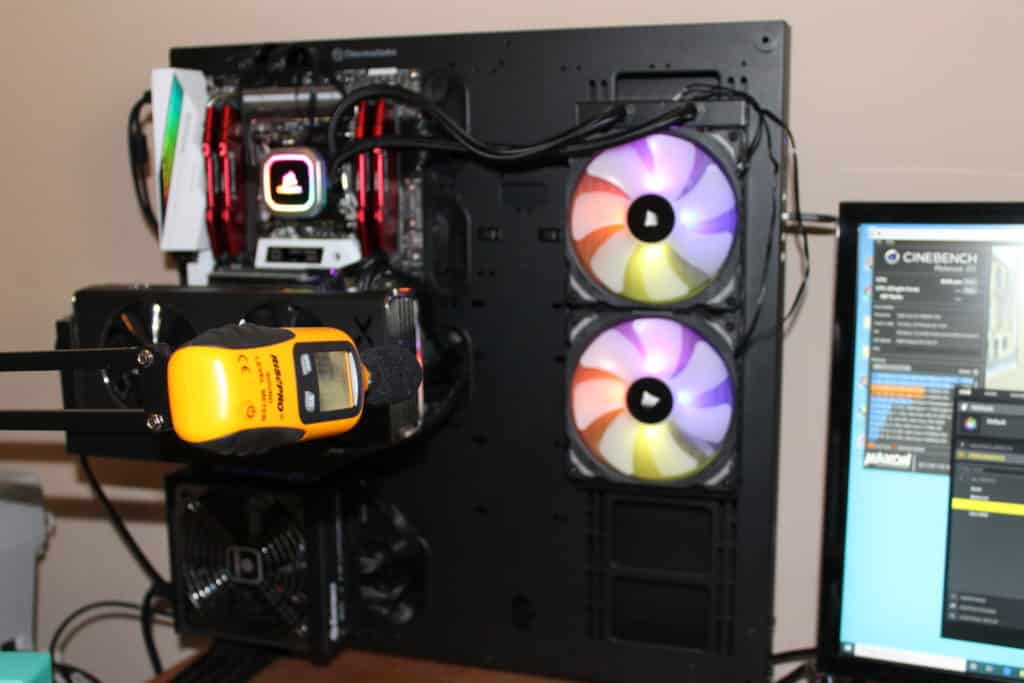Testing Methodology
Setup
The test setup is very straight forward. We mount the radiator on the Thermaltake Core P5, then we attach the water block to the CPU per the instructions included. Instead of using the stock thermal paste provided with each AIO, we’re using a thin layer of Arctic Cooling MX-2, 2019 Edition. While testing for the best “out of box” experience using the thermal paste supplied with each unit, it’s a bit difficult to remount AIOs that include a thermal pad instead of paste, so we’ve evened the playing field up here intentionally.
Testing
For testing, we tried out a number of different methods to load down cores and generate heat. Ultimately, we found that CineBench R20 created a real-world load on the processor and generated more heat than other options out there. Each pass for testing will be run for at least 10 minutes (or longer, if a thermal equilibrium is not reached) and the temperatures will be observed throughout the run and recorded in degrees Celsius.
For AIOs, we will run tests at the following frequencies:
- Idle (1200MHz all-core)
- Stock Clock / Stock Voltage (3800MHz all-core)
- 4300 MHz / 1.15V
- 4700 MHz / 1.25V
For each testing frequency, we will run the fans at approximately the following levels:
- Maximum Fan Speed
- 1500 RPM
- 1000 RPM
- 600 RPM (or minimum, per fan capability)
If the CPU thermally throttles during testing, we will note that and move on without testing lower fan speeds at whichever threshold it “failed” at.
During testing, we will also collect sound pressure level data from our RISEPRO Decibel meter mounted on a boom arm pointed directly at the radiator fans at a distance of 1.5 ft to measure the noise level.
Final Points

To recap, we’ve assembled a real-world testing rig that is capable of pushing the limits of all AIO coolers that are on the market today. Quite frankly, it’s so hot that a Hyper 212 EVO couldn’t handle it under full load at stock for more than a minute. We’ll re-address our air cooler set up at a later point, but until then, look forward to the handful of AIO cooler reviews that we have queued up over the next few months.
